
Related Post
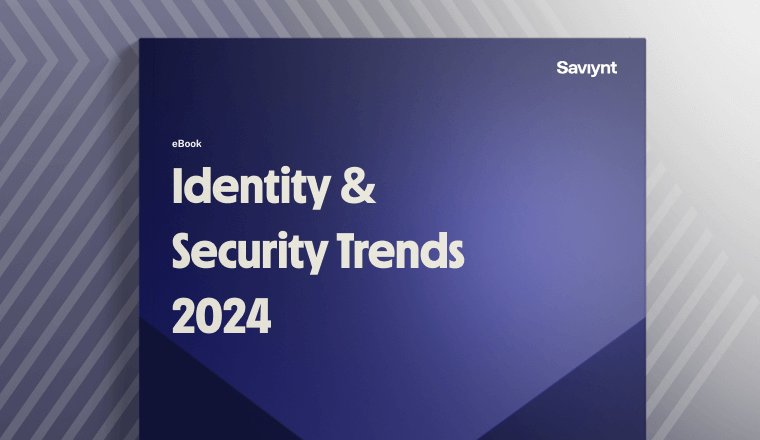
Report
2024 Identity and Security Trends
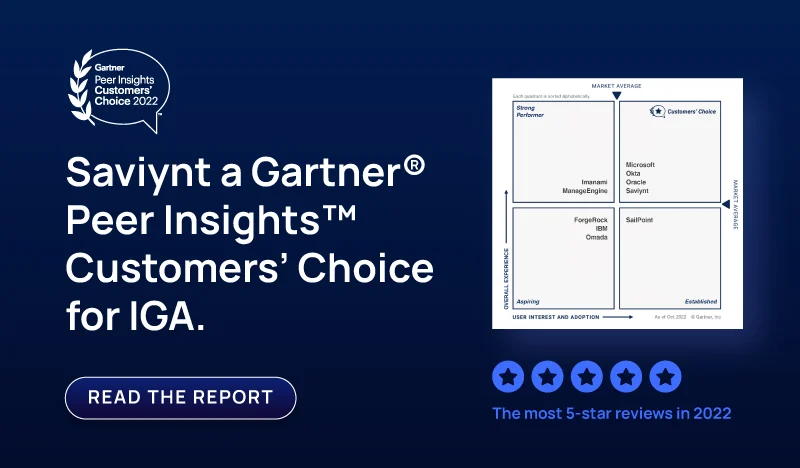
Report
Saviynt a Gartner Peer® Insights Customers Choice for IGA
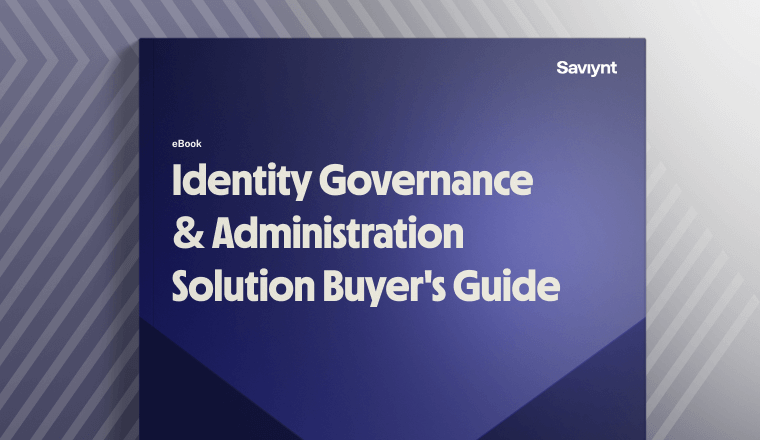
Solution Guide
IGA Buyer's Guide
-1.png)
Solution Guide
PAM Buyers Guide

Whitepaper
Use our partner finder to discover your perfect business match.
Tune in for expert-led live demos on how Saviynt’s identity security solutions transform your digital security with actionable insights and best practices.

For the modern enterprise, the journey from legacy identity systems to cloud-based models is not just a technology upgrade, it's a fundamental transformation. As organizations grow more digital, dispersed, and dynamic, the once-reliable identity and access management (IAM) frameworks they built decades ago are proving to be more of a burden than a benefit. These systems, while groundbreaking for their time, were never designed to operate at the velocity, scale, and complexity of today’s environments. (See our recent podcast: Rewriting the Rules of Identity Security.)
The reality is stark: legacy IAM systems are often rigid, siloed, and manually intensive. They create barriers to agility, security, and compliance in a business landscape that demands all three. As organizations embrace cloud applications and hybrid environments, the cracks in legacy models become increasingly pronounced. The need for more adaptive, intelligent, and converged identity solutions has never been greater.
The Challenge of Letting Go
It’s understandable why many enterprises hesitate to let go of their legacy identity systems fully. Years, even decades, of custom integrations, configurations, and policy enforcement are difficult to unravel. Migrating user data and entitlements without disruption is a complex, risk-laden endeavor. However, clinging to these systems will become more dangerous than the transition itself. Each workaround to extend legacy capabilities into cloud environments introduces new vulnerabilities, increases operational overhead, and compounds identity sprawl.
Enterprises often fall into the trap of layering on niche tools to plug gaps — a temporary fix that leads to fractured ecosystems and inconsistent access controls. This patchwork approach also impedes real-time visibility and introduces blind spots into identity governance. Worse still, it becomes harder to respond to evolving regulatory requirements and security threats when every change requires manual effort or brittle integrations across siloed tools.
From Static Roles to Dynamic Identity
One of the most profound shifts in modern identity governance is the move away from static, role-based access models toward more adaptive, risk-aware systems. Legacy platforms often rely on rigid definitions of roles and entitlements that quickly become outdated or overly permissive. These systems struggle to accommodate the fluid nature of modern work, where users change roles frequently, third-party access is routine, and non-human identities outnumber human ones.
Converged cloud identity platforms are changing this traditional role-based model by introducing AI-powered engines that assess contextual signals in real time. These intelligent systems recommend access decisions based on actual usage patterns, behavior anomalies, and risk indicators. Instead of assuming what a user should have access to based on a static role, they determine what access is appropriate in the moment. This reduces overprovisioning, accelerates provisioning and deprovisioning, and ultimately strengthens the enterprise’s security posture.
Real-Time Trust, Real-World Protection
Another powerful capability emerging from modern cloud-native platforms is the use of real-time trust scoring. Rather than treating identity as a one-time authentication event, these systems continuously evaluate trust based on factors such as location, device hygiene, user behavior, and threat intelligence. If risk increases, access can be stepped down or revoked automatically without requiring manual intervention.
This is especially critical when managing high-risk access, such as privileged users or third-party contractors. Traditional systems treat this access with a static level of scrutiny, but converged platforms adjust protections dynamically, delivering the right level of friction based on real-world conditions. It’s a smarter, more responsive approach to identity defense that aligns with today’s fast-moving threat landscape.
The User Experience Imperative
Amid all this technological evolution, it’s easy to lose sight of a key stakeholder: the user. Whether it’s a customer logging into a digital portal or an employee accessing business-critical applications, the experience must be seamless. Legacy systems often fall short here, with clunky interfaces, inconsistent login flows, and manual verification steps that frustrate users and increase abandonment rates.
Modern converged platforms prioritize the user experience by unifying identity flows across applications and access types. They support single sign-on, federated identity, and progressive profiling — all while enforcing strong security policies in the background. For customer-facing systems, this translates into higher engagement and trust. For internal users, it means faster onboarding and less friction in day-to-day operations.
Beyond Integration: True Convergence
While integration has long been a buzzword in identity security, what enterprises need today is true convergence. It’s not enough to bolt together disparate systems with APIs and call it a day. Converged cloud platforms offer a unified foundation for identity governance, access management, privileged access, and risk analytics — all delivered through a single, cloud-native architecture.
This convergence delivers more than just operational efficiency. It creates a consistent source of truth for identity data, enforces policy uniformly, and makes it easier to scale governance across a multi-cloud ecosystem. It also simplifies compliance by offering centralized reporting, automated workflows, and granular access reviews reducing both risk and audit fatigue.
The Path Forward
Transitioning from legacy identity systems to the cloud is undeniably challenging. It requires thoughtful planning, stakeholder alignment, and a willingness to rethink long-standing assumptions. But the cost of standing still is even greater. Every day spent on outdated systems adds complexity, introduces risk, and slows innovation.
Organizations need to stop thinking in terms of just fixing what’s broken. It’s about reimagining identity as a strategic enabler, not just a control point. That means embracing platforms that are built for the cloud, that can adapt in real time, and that bring all the critical functions together in one place.
The opportunity is clear: by adopting a converged cloud identity platform, organizations can sunset outdated models and position themselves for agility, resilience, and growth. It’s not just a better way to manage identity, it’s a smarter way to do business.
To learn more, request a demo today.

09 / 22 / 2025
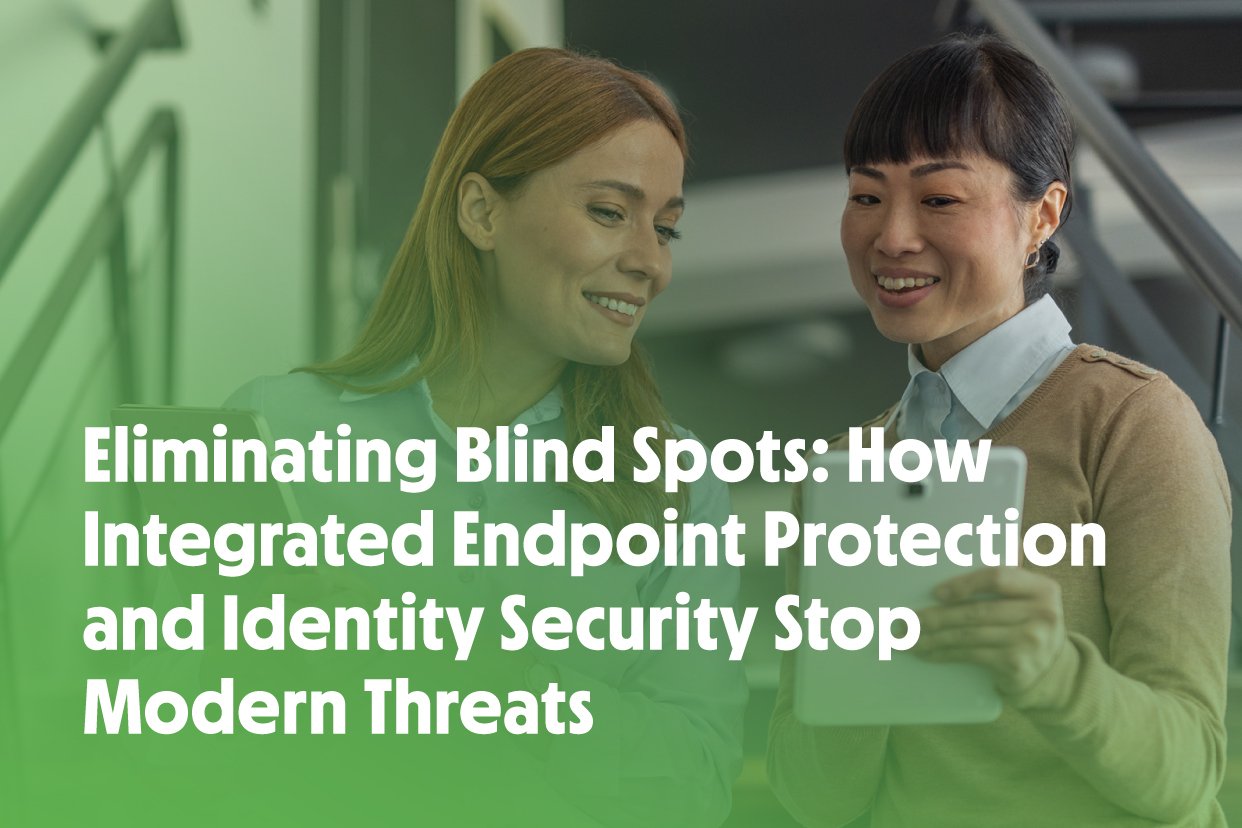
09 / 17 / 2025
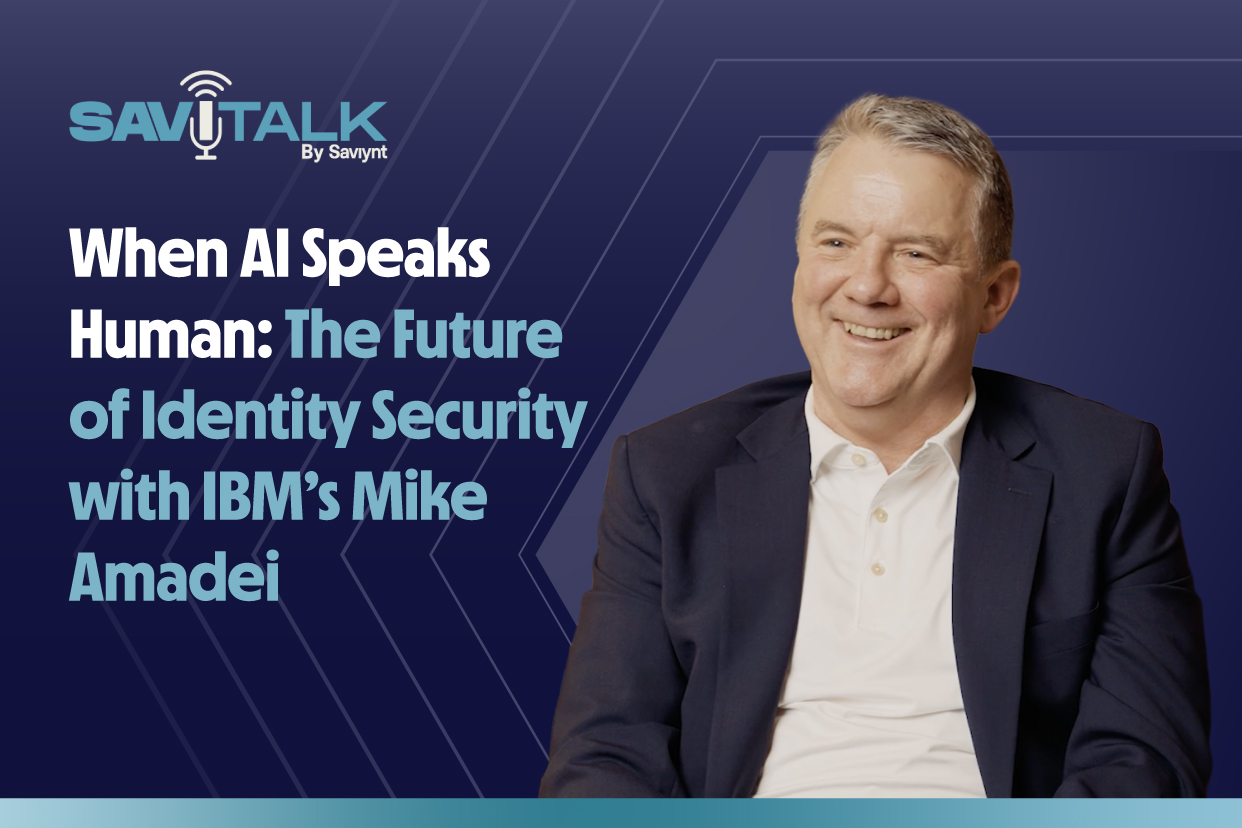
09 / 08 / 2025

Report

Report

Solution Guide
-1.png)
Solution Guide

Whitepaper